How to Nail the Perfect “Getting Ready” Photos on Your Wedding Day
Your wedding day is filled with countless precious moments, but it all begins with the excitement and anticipation of getting ready. The “getting ready” portion of your day sets the tone for what’s to come and offers some of the most genuine, heartfelt moments to capture on camera. From the quiet nerves to the bursts of laughter with your wedding party, these moments deserve to be preserved beautifully. Here are some tips to make sure your “getting ready” photos turn out just as magical as the rest of your big day.
 1. Choose a Well-Lit Space
1. Choose a Well-Lit Space
Natural light is a photographer’s best friend, especially during the getting-ready portion of the day. When selecting your space, opt for a room with large windows and plenty of natural light. The soft, glowing light from the sun will create a flattering, dreamy atmosphere that elevates your photos. If natural light isn’t available, discuss lighting options with your photographer in advance to ensure the space is well-lit and photo-ready.
2. Keep the Space Tidy
A cluttered room can be distracting in photos, taking the focus away from you and your special details. Before your photographer arrives, take a few minutes to tidy up. Tuck away bags, empty coffee cups, and other miscellaneous items. A clean, organized space allows your photographer to capture the beauty and intimacy of the moment without distractions. I find it helpful to bring some tote bags or something large to put all of your clutter in.
3. Have Your Details Ready
Your wedding day is filled with tiny, meaningful details that tell your story. Help your photographer capture these by gathering them in one spot ahead of time. Consider including:
- Your rings (engagement ring and wedding bands)
- The wedding invitation suite
- Your shoes
- Jewelry and accessories
- Perfume or cologne
- Hairpieces or veils
- Any sentimental items (a handkerchief, heirloom, or special keepsake)
Having these items prepared ensures your photographer can create stunning detail shots that complement the rest of your wedding gallery.
4. Coordinate Outfits for Your Wedding Party
Matching robes, pajamas, or coordinated colors for your bridal party can elevate the look of your getting-ready photos. Not only does this add a cohesive aesthetic to your gallery, but it also makes for adorable, Instagram-worthy moments. Choose something comfortable and stylish that fits your wedding’s vibe—whether it’s floral robes, silk PJs, or cozy sweaters.
5. Enjoy the Moment
The best photos often come from authentic, candid moments. Laugh with your bridesmaids, toast with champagne, dance around the room—these are the memories you’ll cherish forever. Don’t be afraid to let your emotions show; whether you’re teary-eyed or laughing uncontrollably, these genuine reactions will shine through in your photos.
6. Build in Extra Time
No one wants to feel rushed on their wedding day. Give yourself plenty of time to enjoy the getting-ready process. This buffer allows you to soak in the excitement, spend quality time with your loved ones, and give your photographer the opportunity to capture all the special details and moments without feeling hurried.
Bonus Tip: Communicate with Your Photographer
Share your vision with your photographer ahead of time. If there are specific shots you’re dreaming of—like your mom zipping up your dress or your maid of honor helping you with your veil—let them know so they can be sure to capture these moments.
Why “Getting Ready” Photos Matter
The getting-ready portion of your wedding day is about more than just hair and makeup. It’s about the quiet moments of reflection, the laughter shared with your closest friends, and the anticipation of walking down the aisle. These photos encapsulate the emotions, details, and energy of the day, serving as a reminder of the love and joy that surrounded you.
By planning ahead and following these tips, you’ll ensure that your getting-ready photos are just as stunning and meaningful as the rest of your wedding day gallery.
Ready to capture your magical moments? Let’s make your wedding day unforgettable! Contact me to chat about how I can help preserve every special detail.





 1. Choose a Well-Lit Space
1. Choose a Well-Lit Space
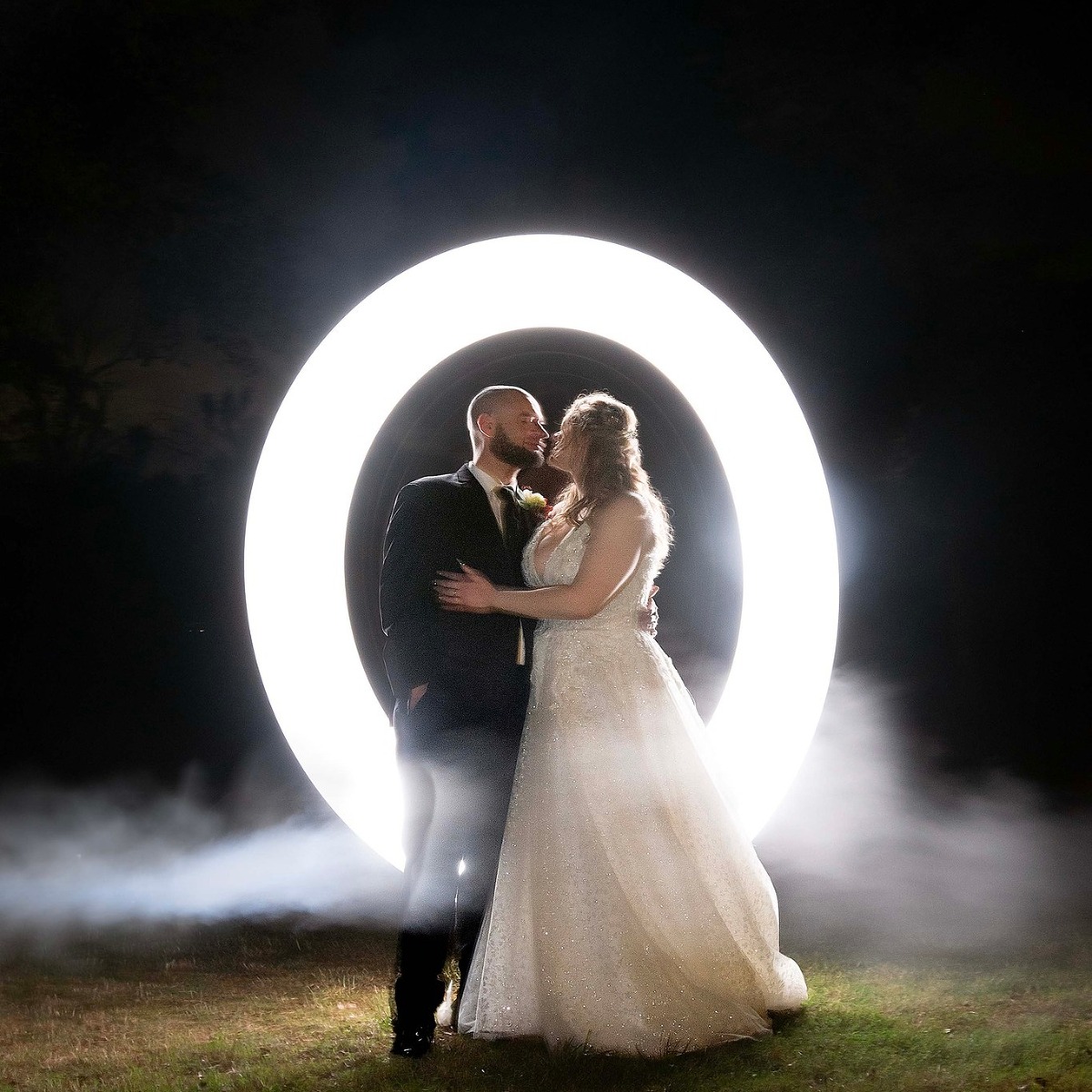
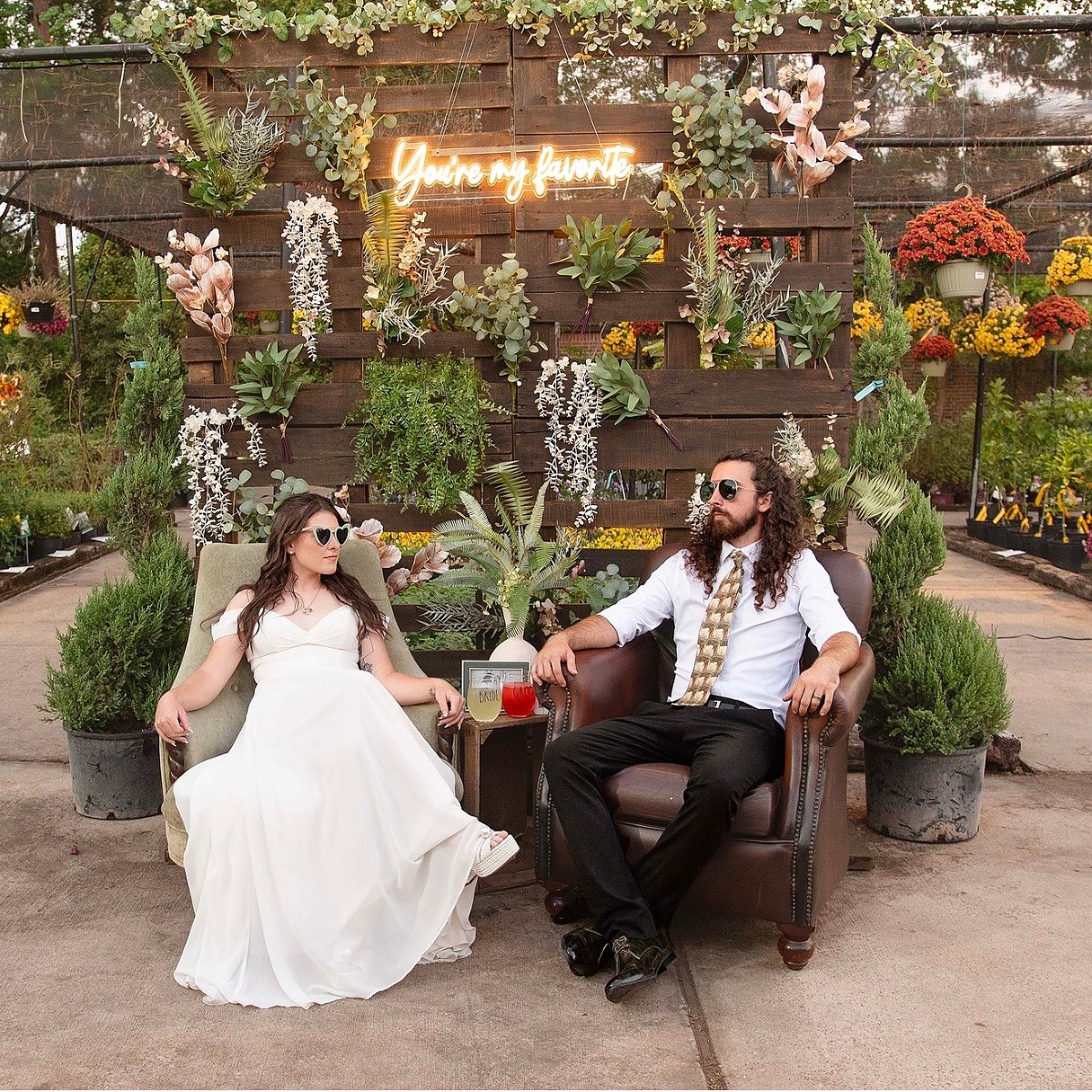
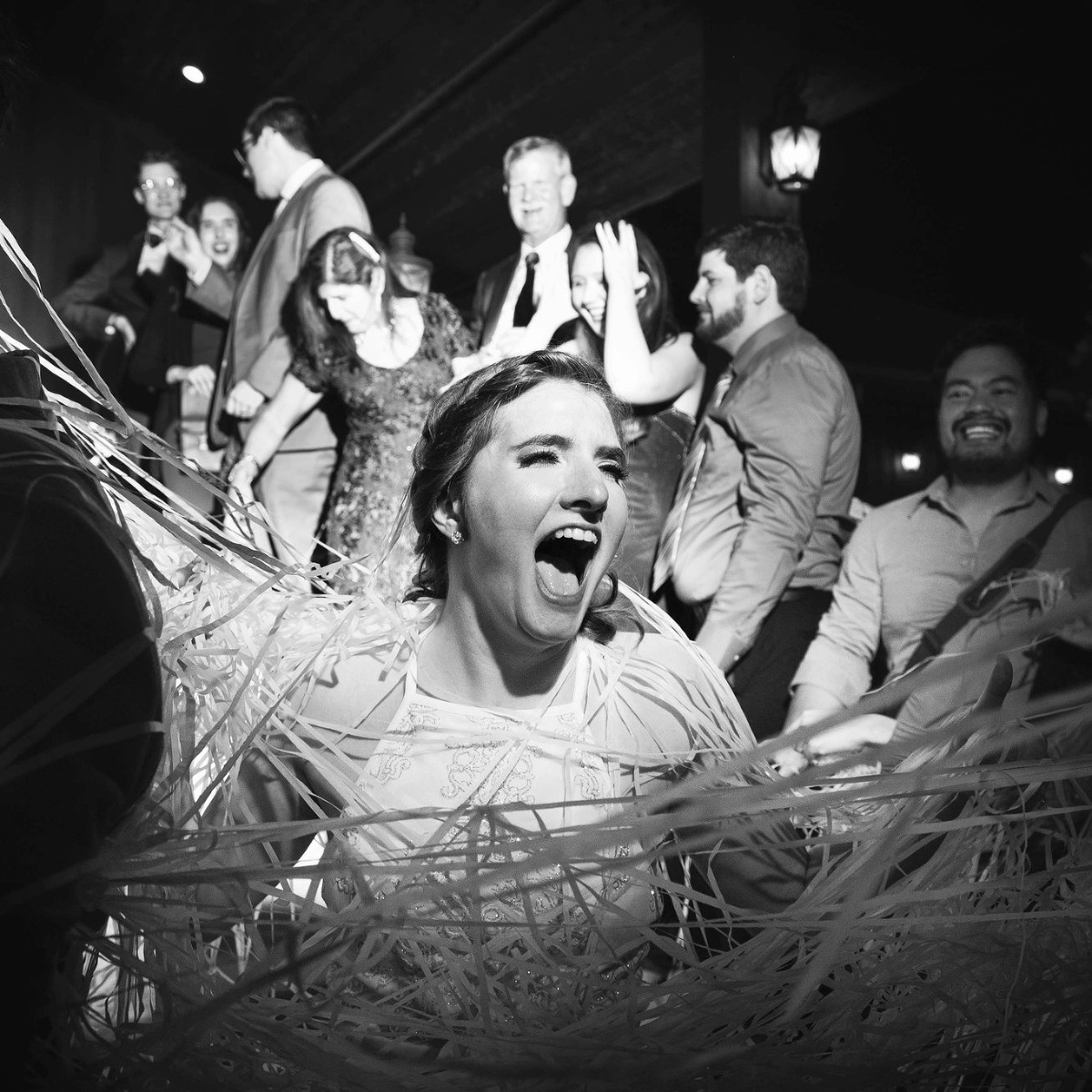
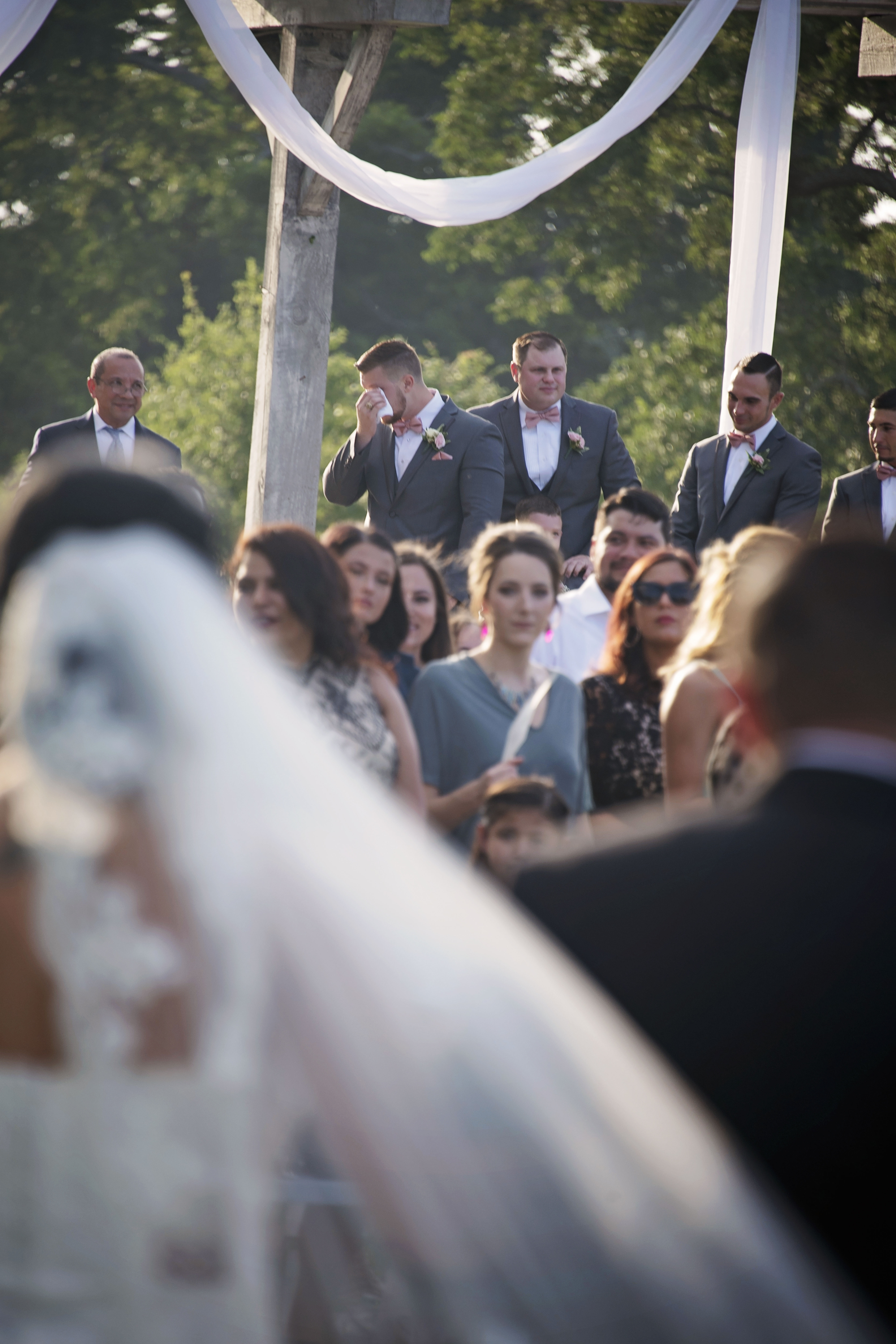
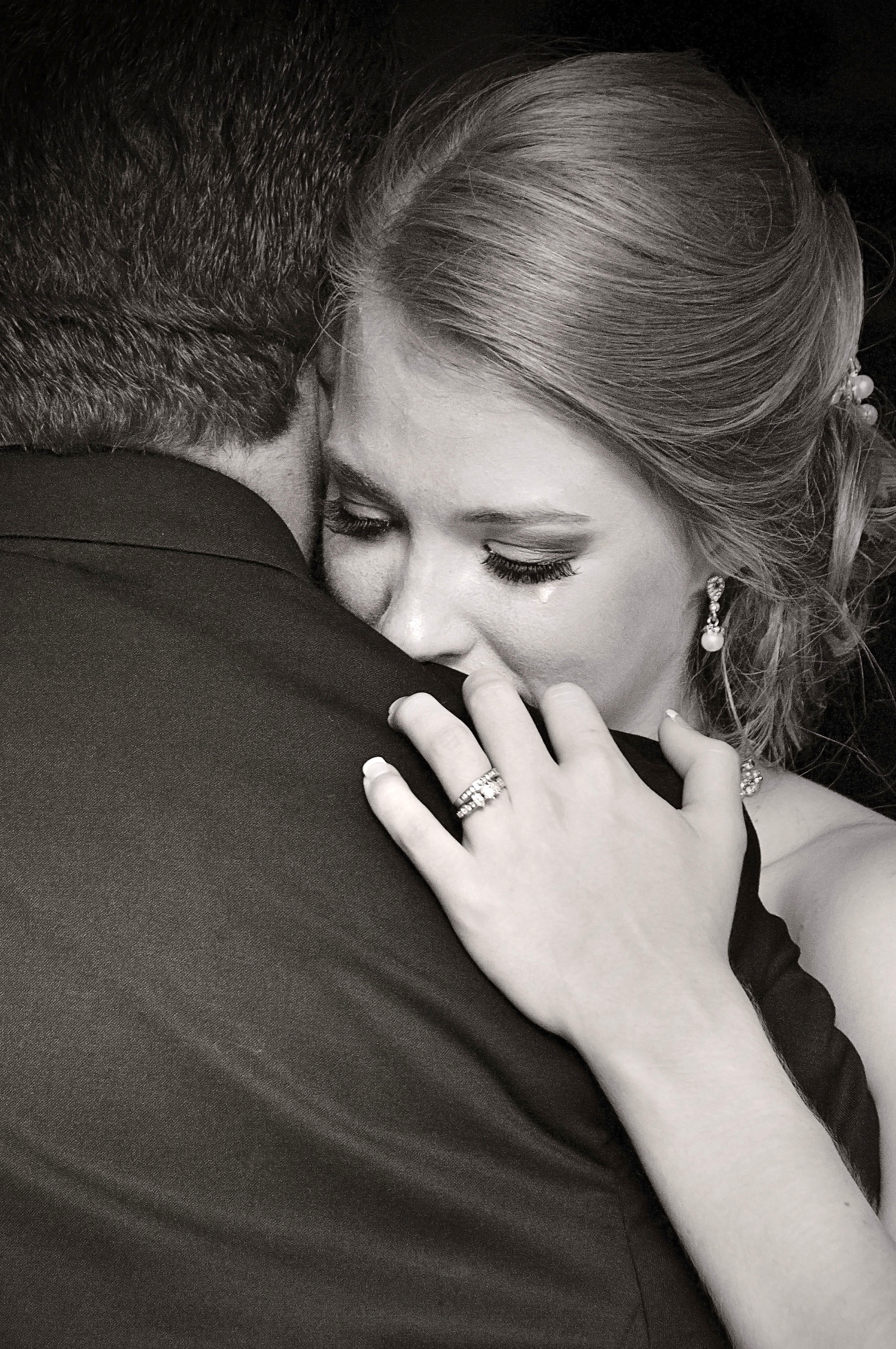
 Why a Private Last Dance Matters
Why a Private Last Dance Matters Why You Should Consider It
Why You Should Consider It.jpg)
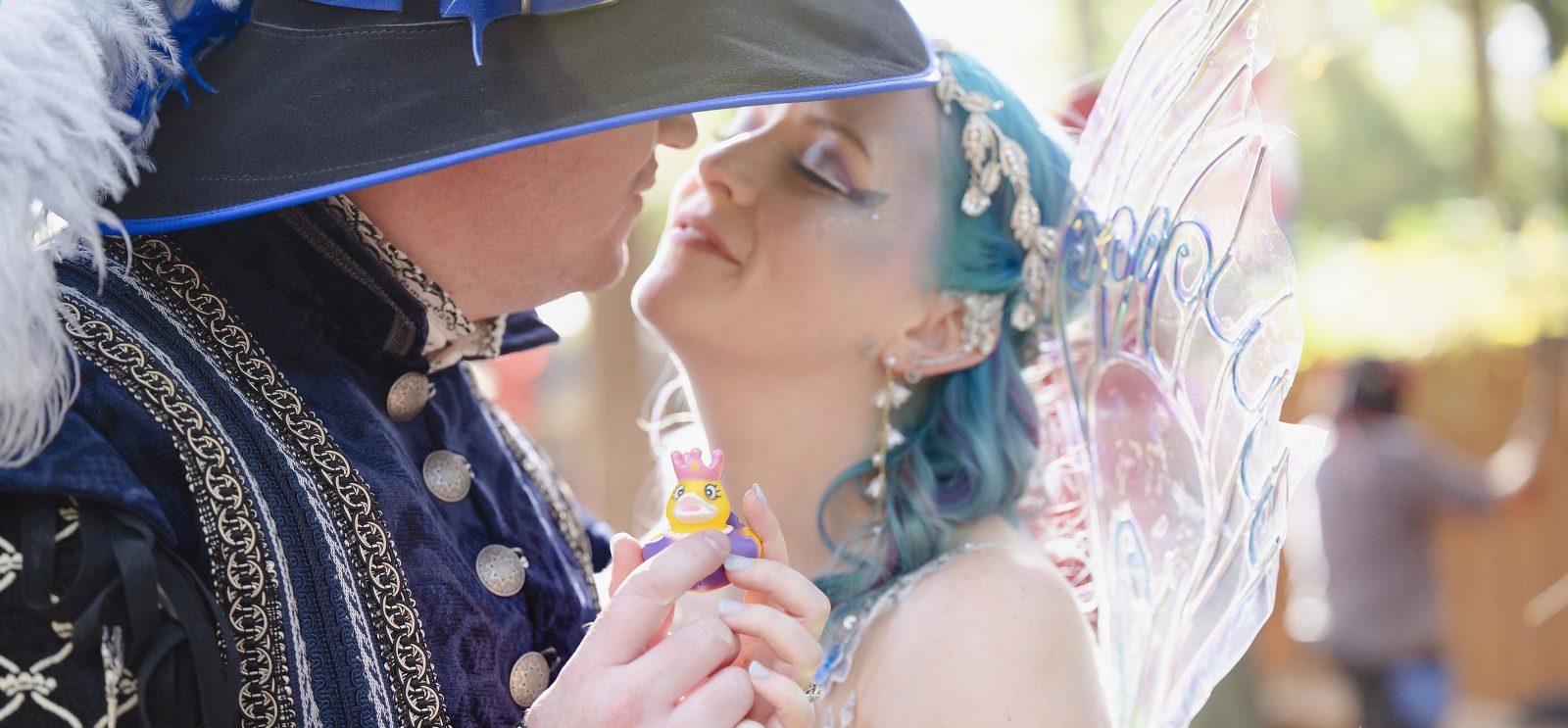
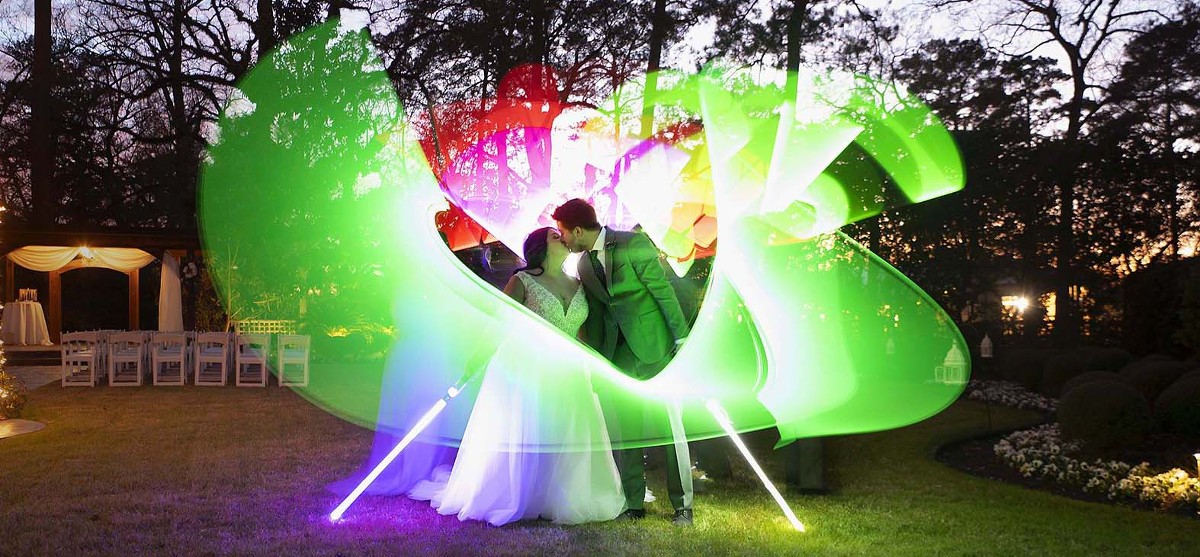

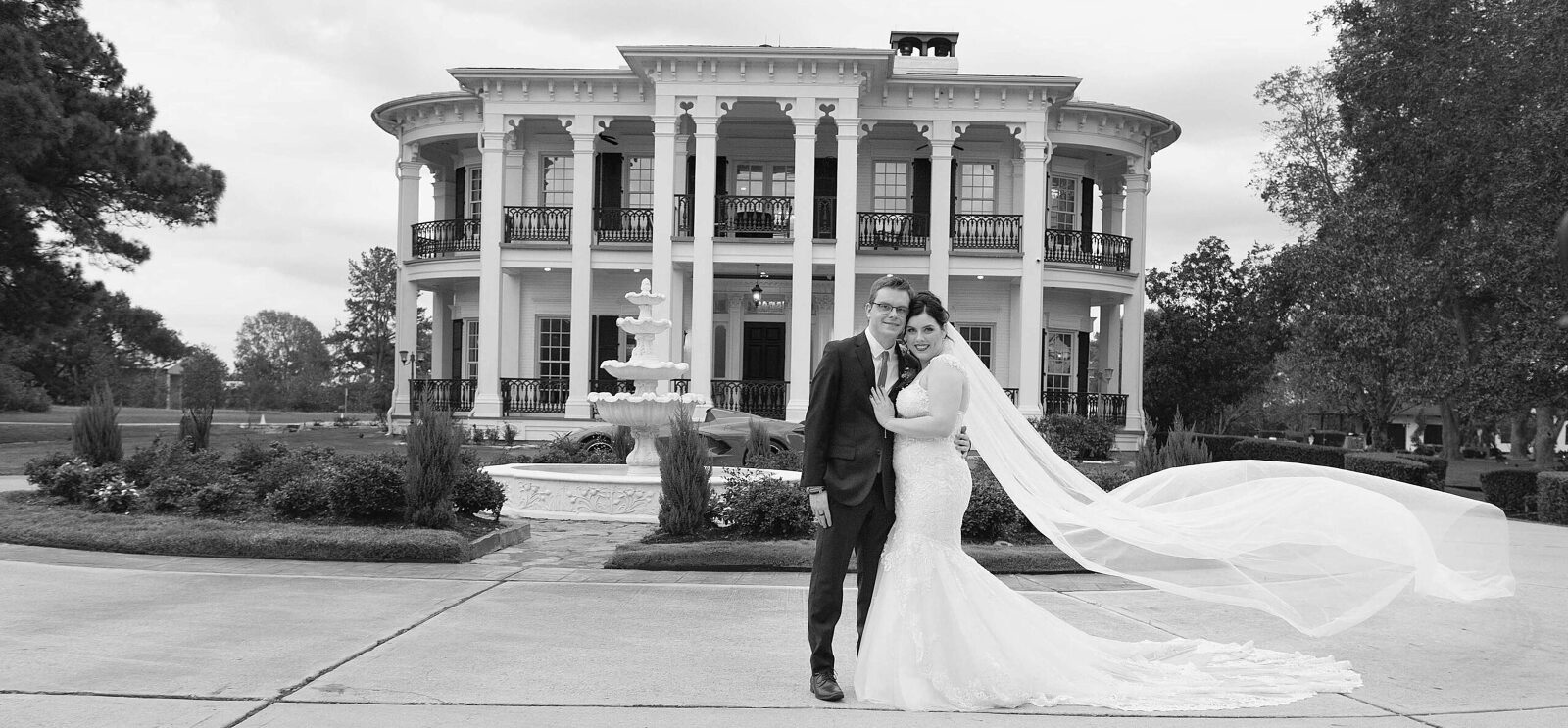
.jpg)
.jpg)









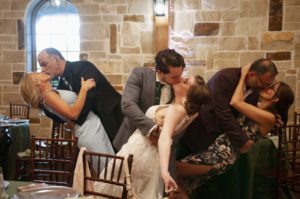
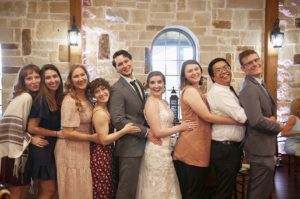
.jpg)
.jpg)
.jpg)
.jpg)
